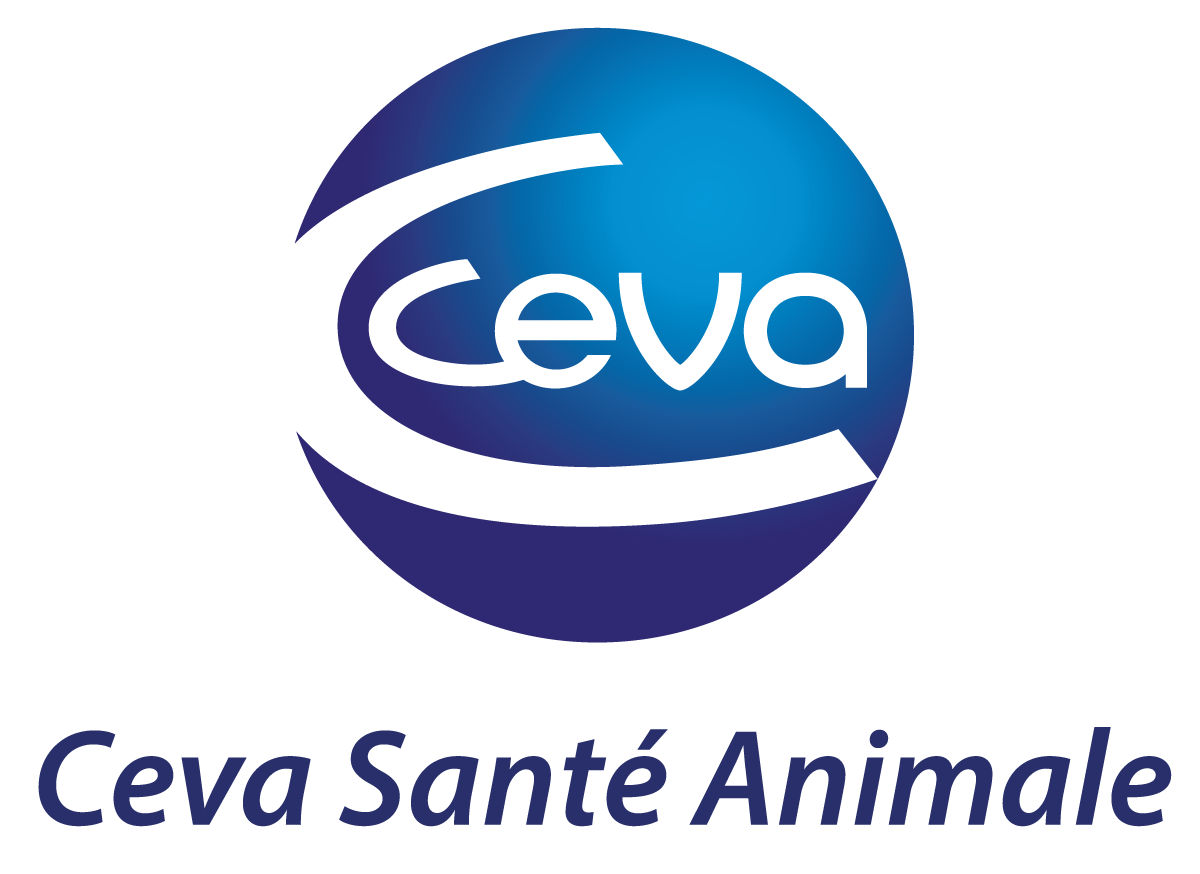
Ceva has teamed up with private sector partners and investors in two initiatives to improve the supply of healthy and productive day-old chicks to small- and medium-sized poultry farmers in Sub-Saharan Africa.


By Marie Ducrotoy
Senior Manager Development Projects and Partnerships, Ceva
and Pierre Marie Borne
Public Affairs Director Africa & Middle East, Ceva
Although the number of large-scale commercial broiler producers in Africa is increasing, still the vast majority of the continent’s chickens are kept by small-scale farmers who operate low (or no) input-low output systems. With rapidly increasing demand for poultry meat throughout Africa, driven by population increase, urbanization and increased incomes, there is an emerging opportunity between these two extremes for a new type of small- to medium-scale commercial producer.
The entrepreneurs who establish or would like to establish these small- to medium-sized poultry enterprises are faced, however, with a number of major challenges. Foremost amongst these are the threat from infectious diseases and access to high-quality day-old chicks.
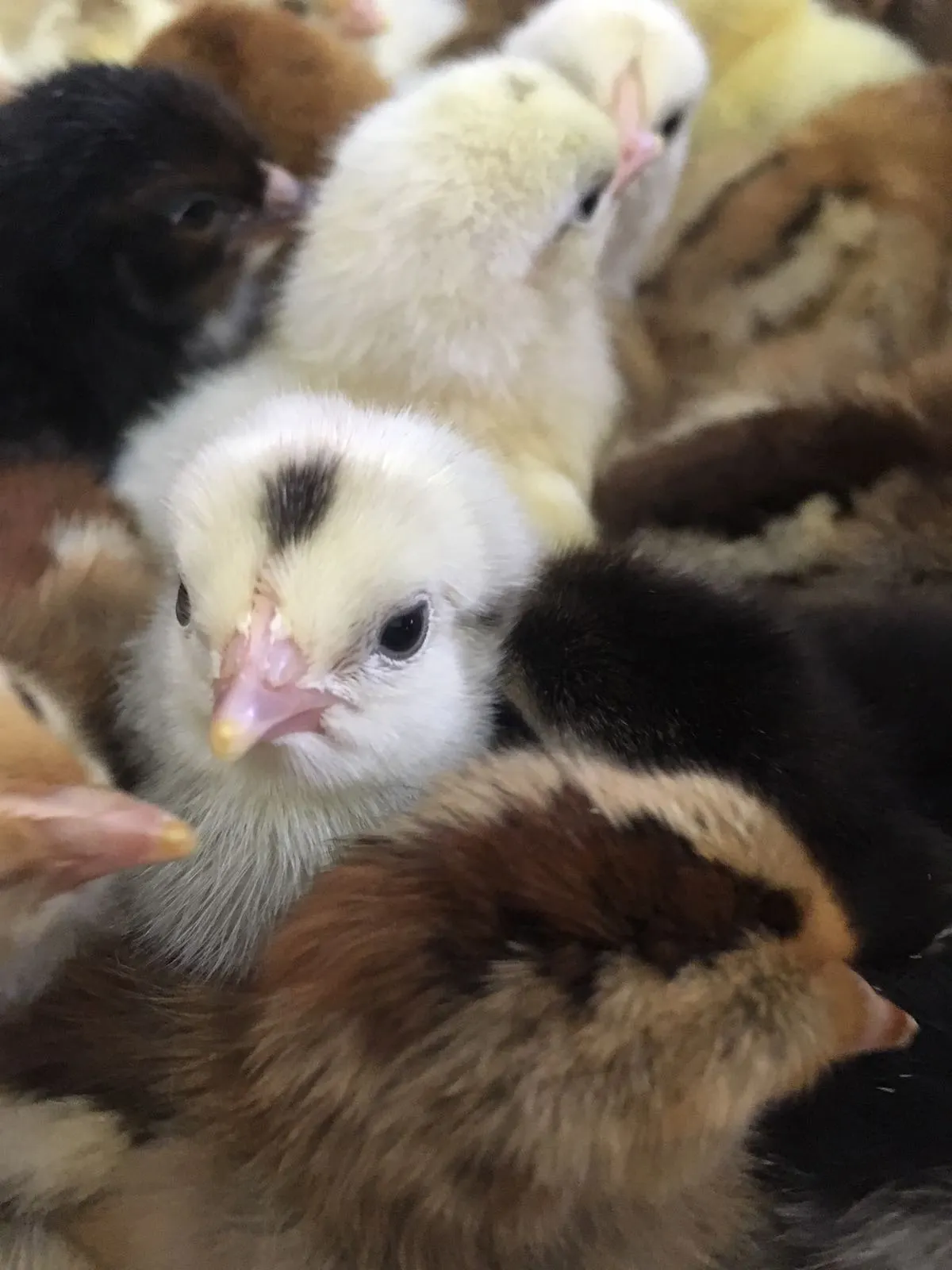
Unlike traditional systems, in which chickens are allowed to range freely and breeding is uncontrolled, small to medium-scale commercial chicken meat producers need to practice batch rearing. This means that batches of young chicks are housed and reared as a group until they are ready for slaughter, when the chicken house is emptied and cleaned before the next batch of chicks arrives. Batch rearing requires that the farmers practice a minimum level of biosecurity including good hygiene as well as vaccination to prevent major infectious diseases. Failure to do so exposes the farmers to diseases such as Newcastle disease, which can wipe out whole flocks.
Throughout most of Sub-Saharan Africa there is limited access to high-quality day-old chicks, especially in more remote rural areas. Although local breeds reared in traditional free-ranging systems can breed naturally and produce offspring that have the tasty and firmer textured meat that many local consumers prefer, birds reared in this way are very unproductive: the hens lay few eggs, mortality rates due to predators and diseases are very high, especially for the young chicks, the chicks grow slowly taking 6 months or more to reach slaughter weight, and the carcass weights are low, just 1 kg or less.
To address these challenges, since 2015 Ceva received grants from the Bill & Melinda Gates Foundation to work on two initiatives.
The first collaboration was based in Burkina Faso, West Africa. Here, the solution was to develop a new cross-bred chicken – known as the Poulet du Faso – that retained the taste and texture characteristics of local Burkinabe birds, but could be produced under local conditions in ways that were far more productive.
Local cockerels and hens are reared in a specially built facility, the Avian Selection Centre (the only one of its kind in Sub-Saharan Africa), where they receive excellent food and health care in an environment that met the needs of both birds and the people who cared for them. Careful records are kept to prevent inbreeding and identify the most productive birds. Within each generation, the best performing birds are selected and retained for breeding. After the first generation, the centre has been run as a closed flock to avoid the risk of introducing infections.
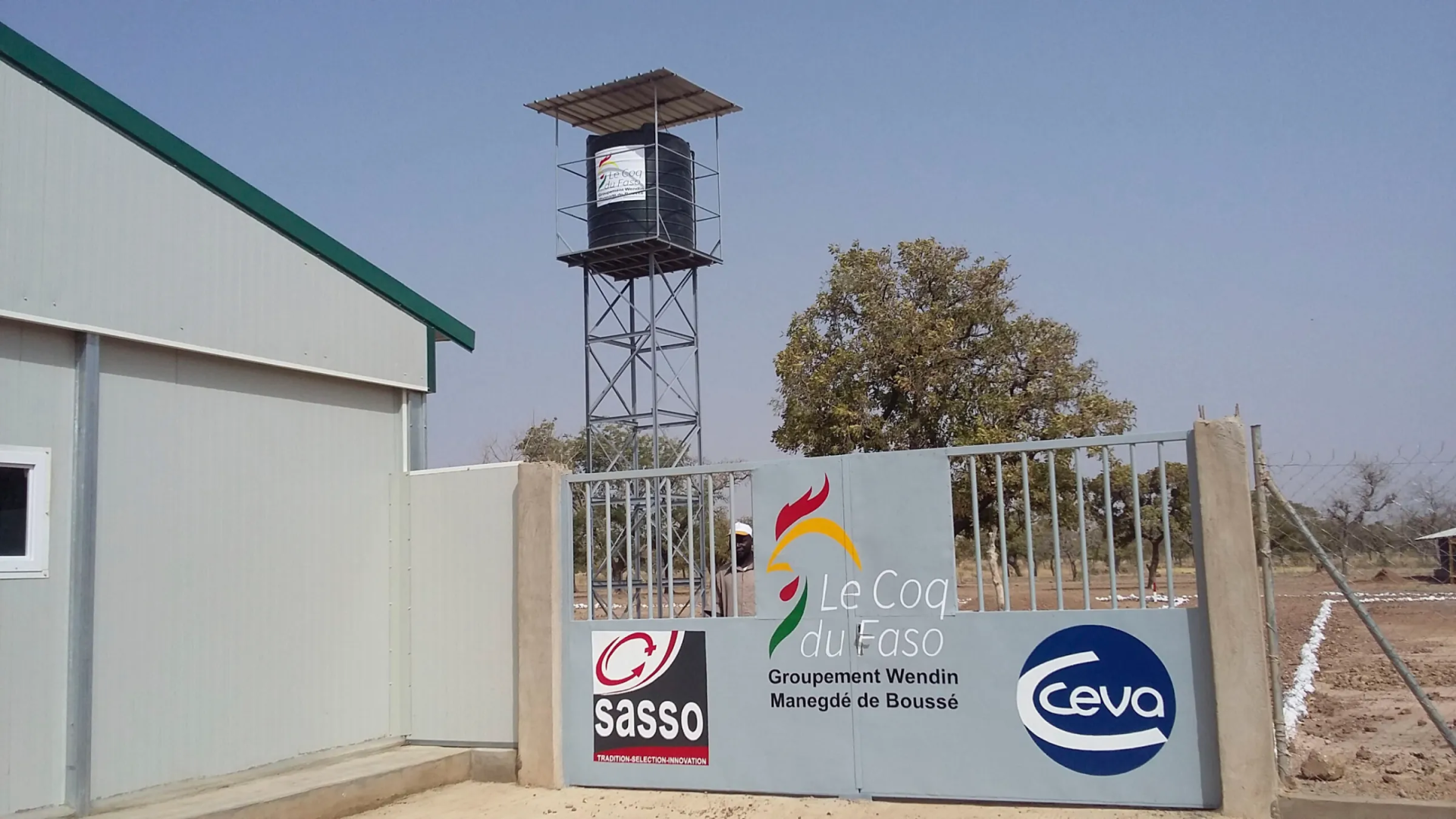
The elite cockerels – Coq du Faso – that are produced are then sold to breeding farms and hatcheries where they are crossbred with hens of a breed developed in France for the free-range meat market (SASSO SA51). The resulting eggs are hatched in hatcheries and the day-old chicks vaccinated against Newcastle disease using Ceva’s innovative vaccine.
The chicks are then reared by more able local farmers who can provide the care and conditions the vulnerable young chicks need in ‘mother units’. Finally, at 42 days of age, the now hardy ‘teen’ chickens are sold to other farmers who continue to rear the birds until they reach slaughter weight: Poulet du Faso attained a slaughter weight of 1.1 kg in 10-12 weeks, compared to 24 or more weeks for local birds under traditional management.
The resulting chickens retain the appearance and eating qualities of local birds and are marketed under the Poulet du Faso brand, which has rapidly become known, trusted and sought after.
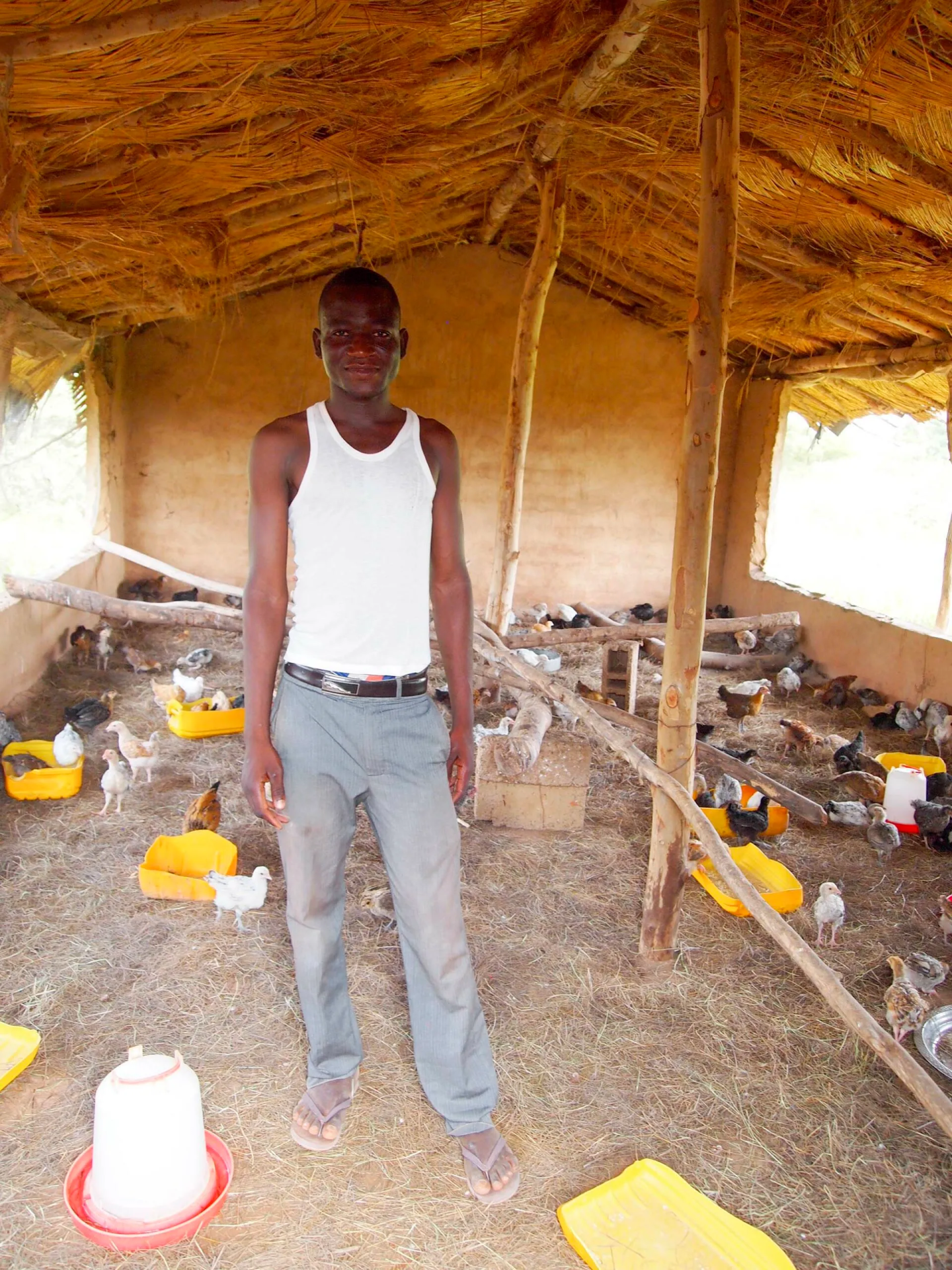
Traceability is achieved all along the value chain through the use of wing tags, attached to all Poulet du Faso chicks, that features the brand’s logo and a unique identifying number. The tags are a guarantee to the farmers that the birds have been effectively vaccinated at the hatchery.
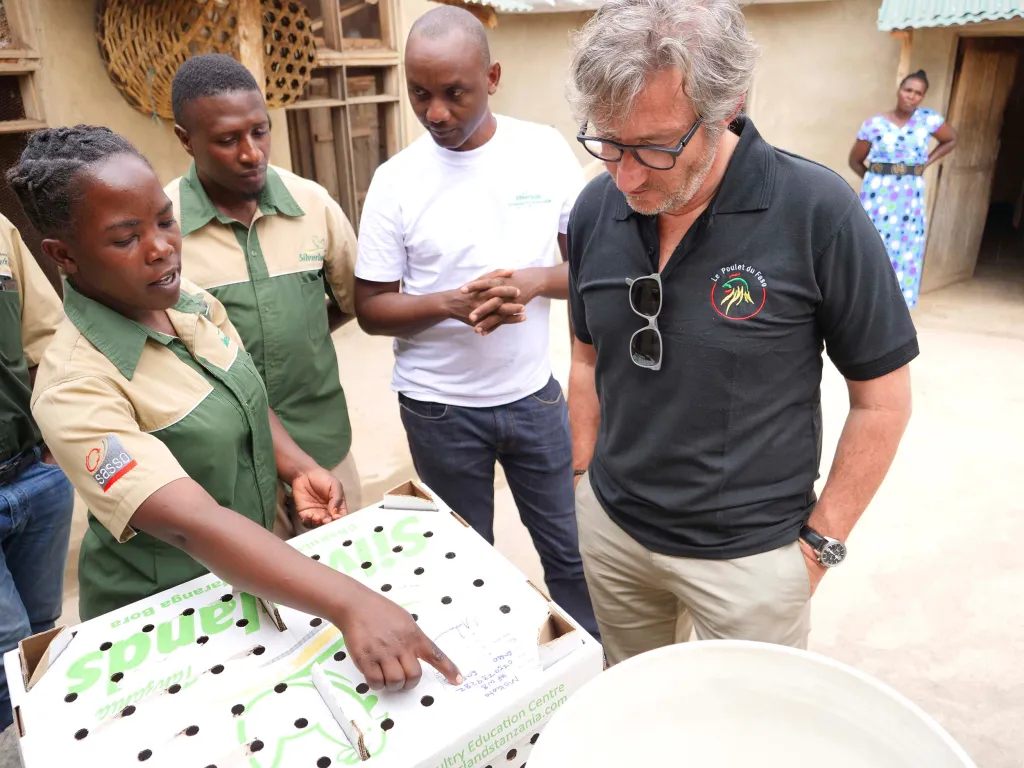
From the outset, care was taken to ensure all stages of the Poulet du Faso’s production was undertaken using sound business principles. Also, steps were taken to ensure that opportunities created by the initiative were open to all, not just wealthier farmers and entrepreneurs, for example by subsidizing the first batch of day-old chicks.
The original objective was to produce one million Poulet du Faso a year. This objective was exceeded with 4.5 million birds being produced in the three years to 2021. Demand for Poulet du Faso quickly exceeded supply so, in addition to the original breeding farm and hatchery, five additional breeding farms and hatcheries have been signed up and it is anticipated that production will reach 3.5 million birds a year by 2025.
The Poulet du Faso model has also attracted attention from entrepreneurs in neighbouring countries and similar initiatives are now underway in Togo, Senegal and Mali. Meanwhile, in Burkina Faso, the Poulet du Faso value chain now operates as an interconnected series of sustainable and profitable businesses, entirely independent of the project.
The second collaboration between Ceva and BMGF is taking a different approach to increase the supply of high-quality day-old chicks. Working together with GALVmed, a not-for profit livestock health product development and access partnership, the partners have recently launched the PREVENT program – short for PRomoting and Enabling Vaccination Efficiently, Now and Tomorrow.
This ambitious 4-year project aims to help 150,000 small-scale poultry producers in Africa to become more productive and efficient by building their businesses and overall sustainability. The PREVENT project will see more than 50 million hatchery-vaccinated day-old chicks distributed annually. It will work with around 40 medium-sized hatcheries spread across eight African countries. The project will enable the hatcheries to provide high-quality, vaccinated day-old chicks to small-scale producers together with practical advice and guidance from a team of field technicians. Previously, these hatcheries did not vaccinate chicks leaving farmers to do this themselves or take the risk and leave them unvaccinated.
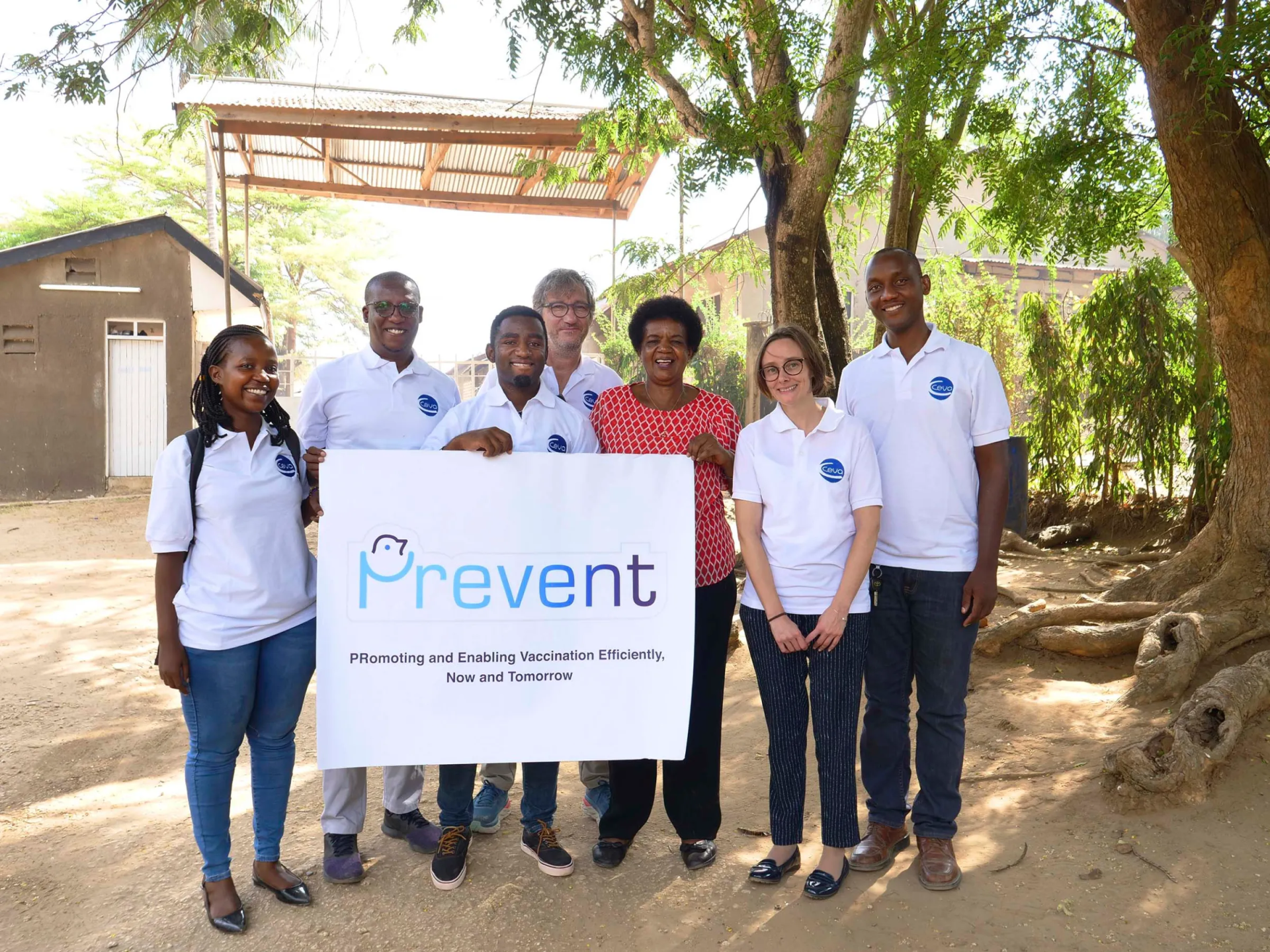
To date, the effectiveness of poultry vaccination in Africa has been limited. High temperatures hamper distribution of vaccines, which mostly need to be kept cold. Combined with lack of information about circulating infectious diseases and limited access to vaccines, rural producers can have their flocks and livelihood wiped out overnight.
By providing small-scale producers with better quality chicks, which are already effectively protected from the major infectious poultry diseases before they arrive on the farm, together with improved flock health and husbandry advice, the project aims to cut waste and make poultry production across the target countries much more sustainable.
To date, major animal health businesses, such as Ceva, have focused their vaccine marketing efforts on large-scale hatcheries. This project will enable Ceva, which is co-funding the project, to expand its focus to include small to medium-sized hatcheries and therefore extend the benefits of rearing hatchery-vaccinated chicks to many more small-scale poultry producers.
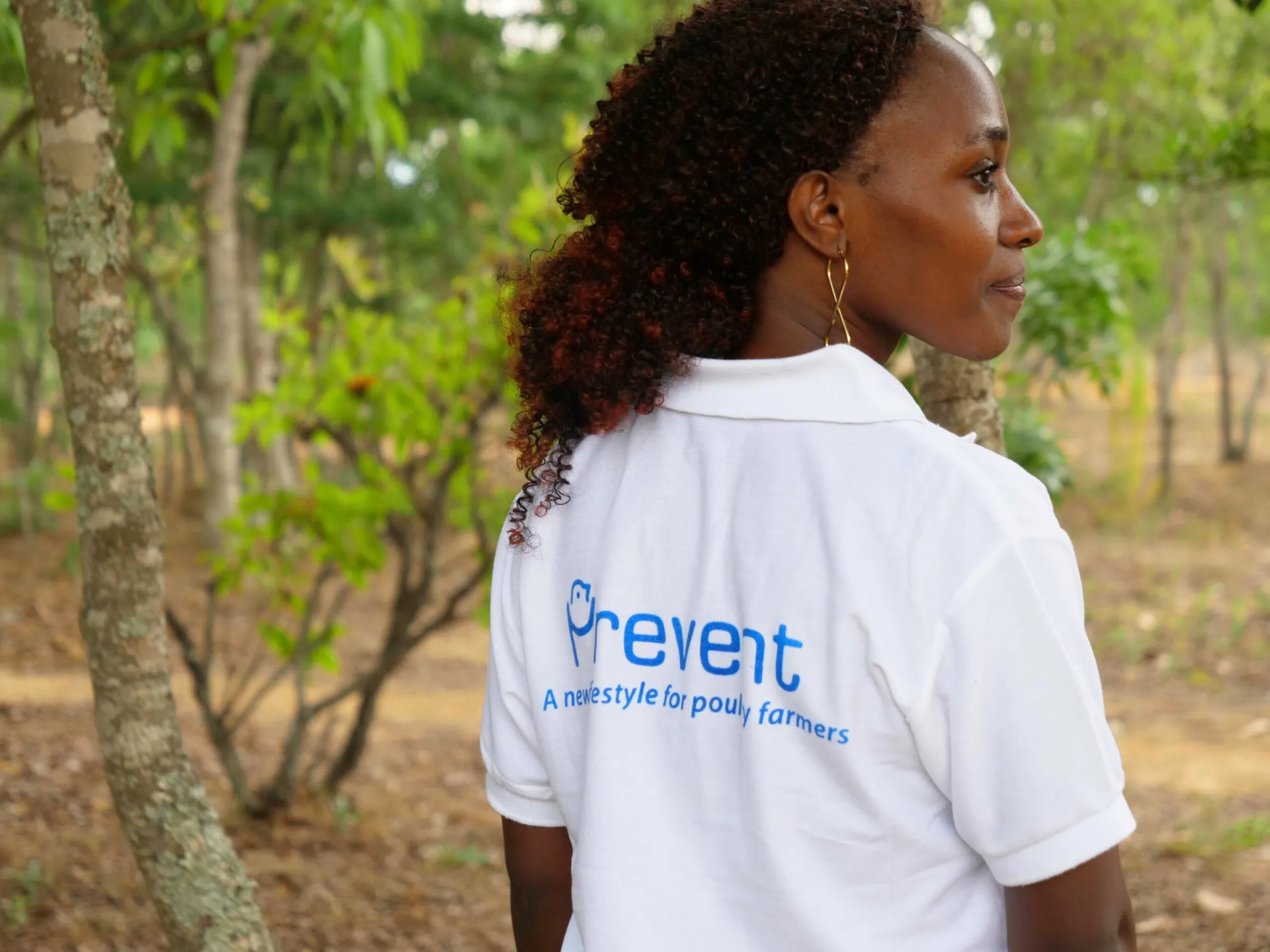
Today, the absence of local technical support is also a major block to improving the efficiency of poultry production. In the PREVENT program, field technicians will serve as the link between the hatcheries and producers; as well as providing advice and technical support, they will also distribute vaccinated chicks to smaller-scale producers giving them equal opportunity to grow their businesses.
The project plans to be gender intentional by aiming to attain a 60% level of women participation in poultry management activities in the households adopting vaccinated day-old chicks. Also, the large-scale and geographically dispersed nature of the project will offer unprecedented levels of access and insight into the emerging commercial poultry sector in Africa. It is hoped that the information generated and shared by the project will encourage other businesses, such as feed, genetics and equipment suppliers to invest and support the sector.
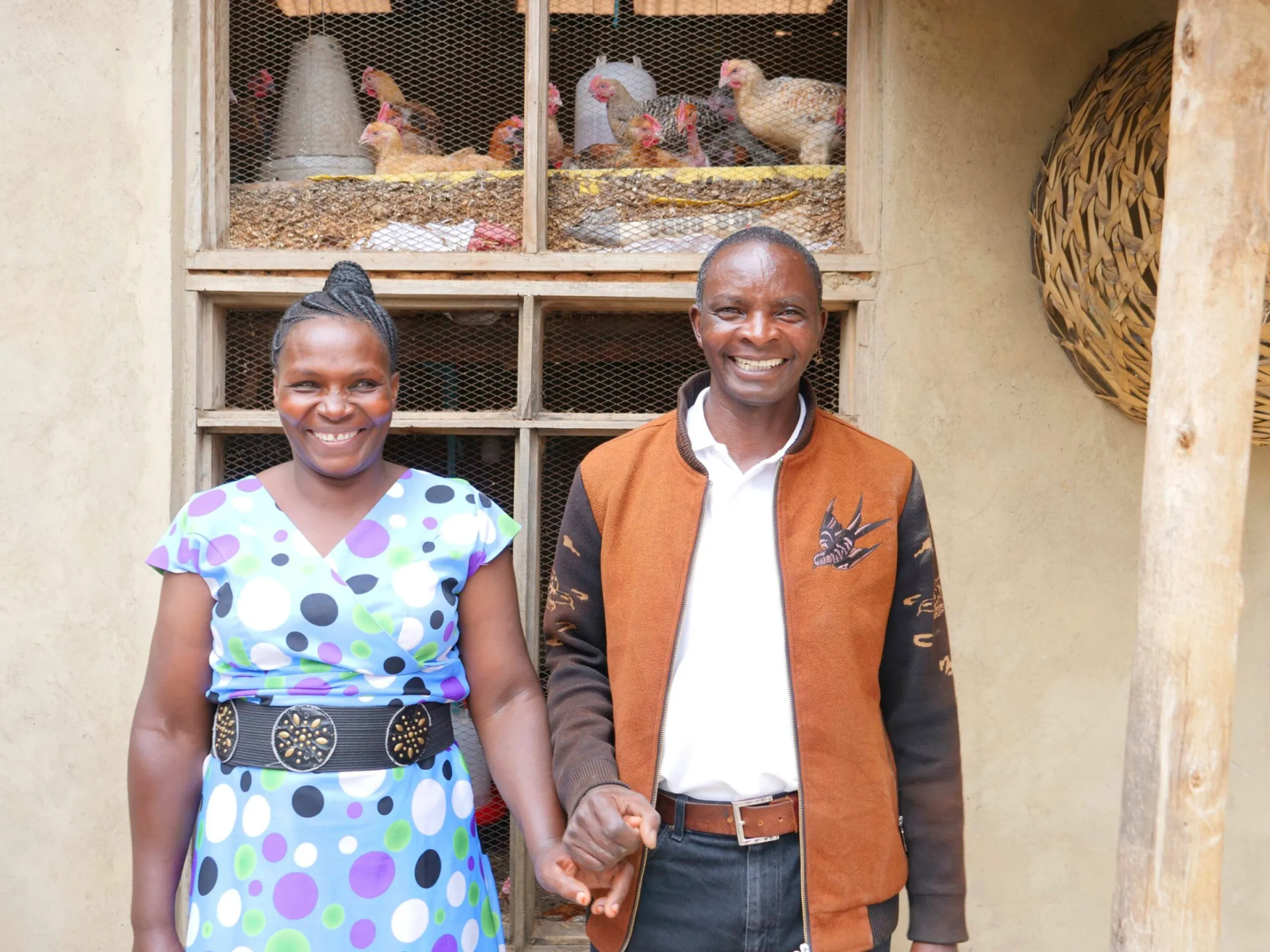
Marie Ducrotoy, Senior Manager Development Projects and Partnerships and Ceva’s lead for the project commented:
The PREVENT project will make the latest technological innovations, such as, hatchery-vaccinated day-old chicks and technical support available to small-scale poultry farmers across Sub-Saharan Africa. This will strengthen and broaden poultry production in rural areas, enhancing the capacity of smaller farmers to respond to the enormous challenge of producing enough high-quality protein to meet the needs of Africa’s rapidly growing population.”
